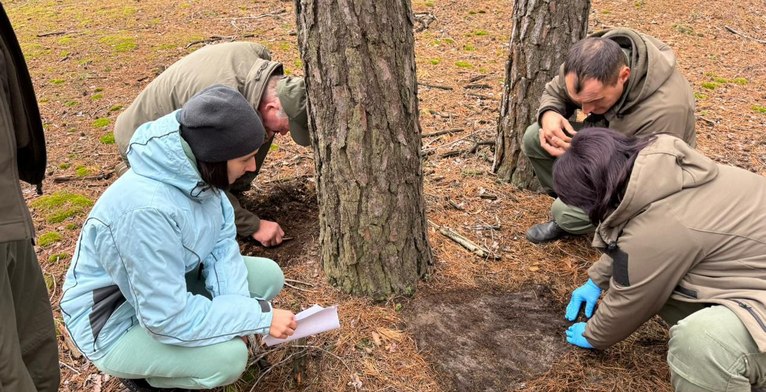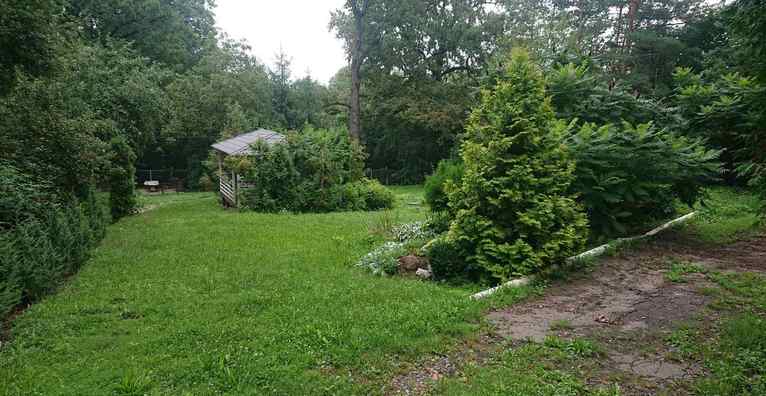This year, residents of Kharkiv and the region have noted an unprecedented tick infestation. The April sun quickly brought out carriers of several dangerous infectious diseases for both humans and animals.
The habitat of Ixodid ticks covers the entire territory of Ukraine. The risk of being bitten by a tick of the genus Ixodes exists in any forested, bushy, or grassy area. Ticks prefer habitats that maintain high humidity levels.
Ticks are most commonly found in clearings and forest edges with dense vegetation, deciduous forests, floodplains, and lake shores. They can also be found in coniferous forests, especially in areas with fallen drywood that creates a suitable microclimate. Ticks concentrate at the boundary of vegetation—often along paths and roads. In recent years, ticks have increasingly spread to large cities, occupying parks, squares, and dog-walking areas. For ticks to become active, the soil temperature must reach +5 to +7°C. The first cases of tick bites are usually recorded between March and May, depending on the region.
On April 17-18, 2018, under the request of the specialized municipal enterprise “Kharkivzelenbud,” forest pathologists from the DSLP “Kharkivlisozakhyst” conducted tick control measures in the long-term green plantations of Kharkiv.
The control measures included the use of biological preparations based on avermectin, as well as essential oils (geranium, palm, rose, eucalyptus, lavender) to repel Ixodid ticks from public recreation areas and pet-walking zones. Avermectins are derived from the metabolic products of soil microorganisms—actinomycetes of the species Streptomyces avermitilis. They exhibit exceptionally high activity and a broad spectrum of antiparasitic action, being effective against ecto- and endoparasites of animals (ticks, nematodes, fleas, lice), as well as plant pests (spotted and spider mites, moths, aphids, etc.). Avermectins selectively inhibit the synthesis of substances responsible for nerve impulse transmission in arthropods and worms, leading to paralysis and death.
For the treatment, the specialists used the GARD-MN aerosol generator with adjustable dispersion, which allows the aerosol stream to reach the lower parts of undergrowth and grass close to the ground, as well as a SOLO 450 handheld sprayer.






